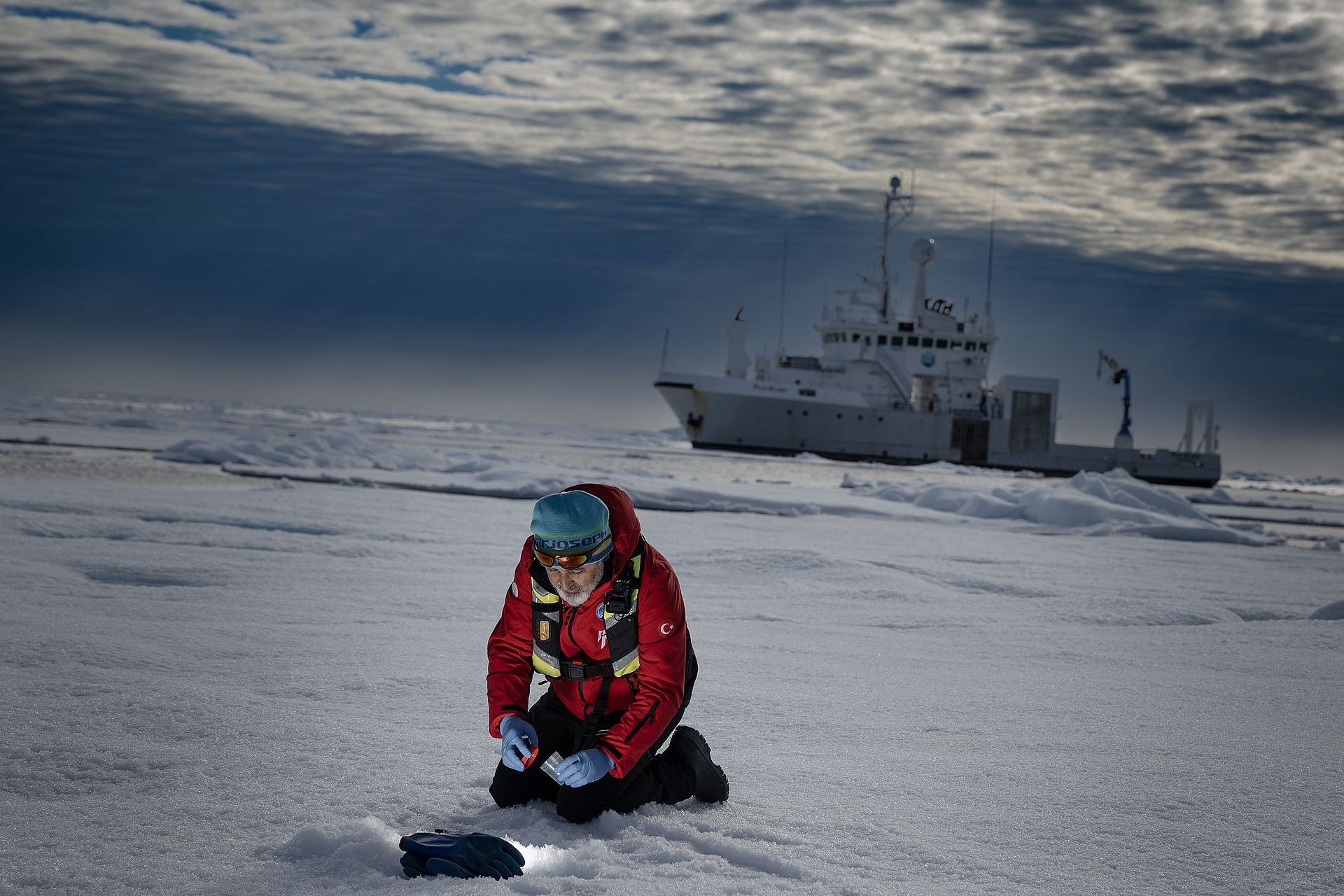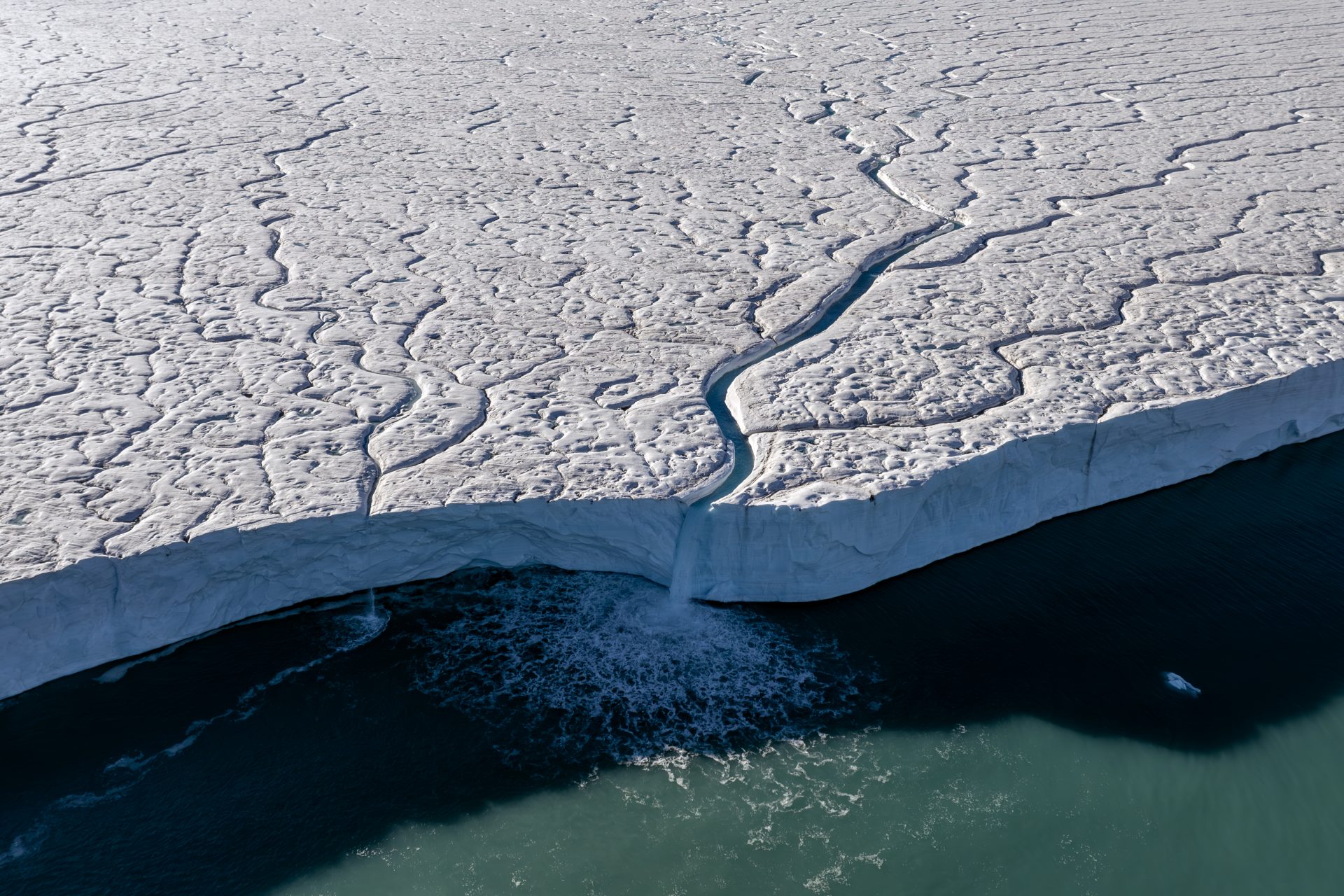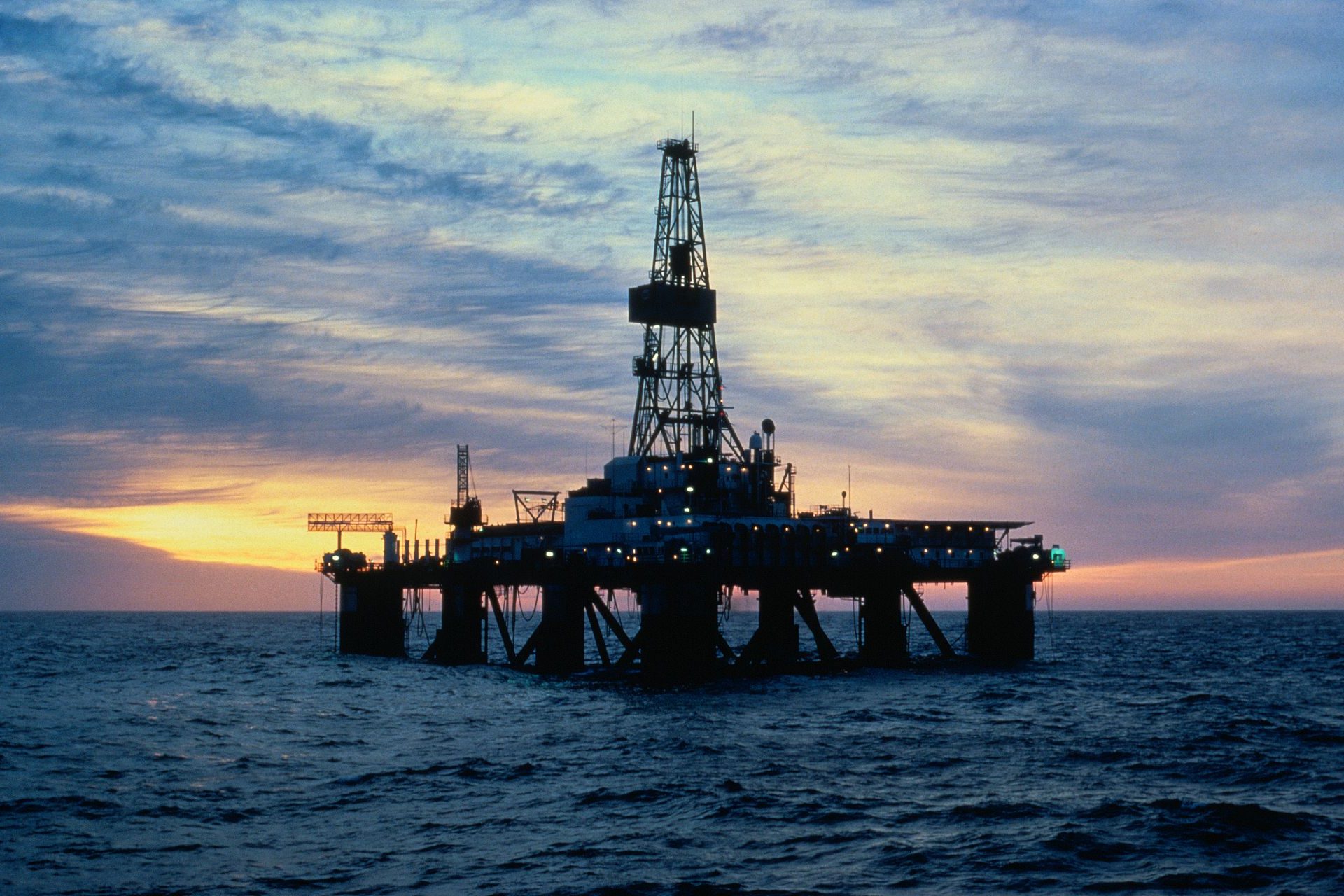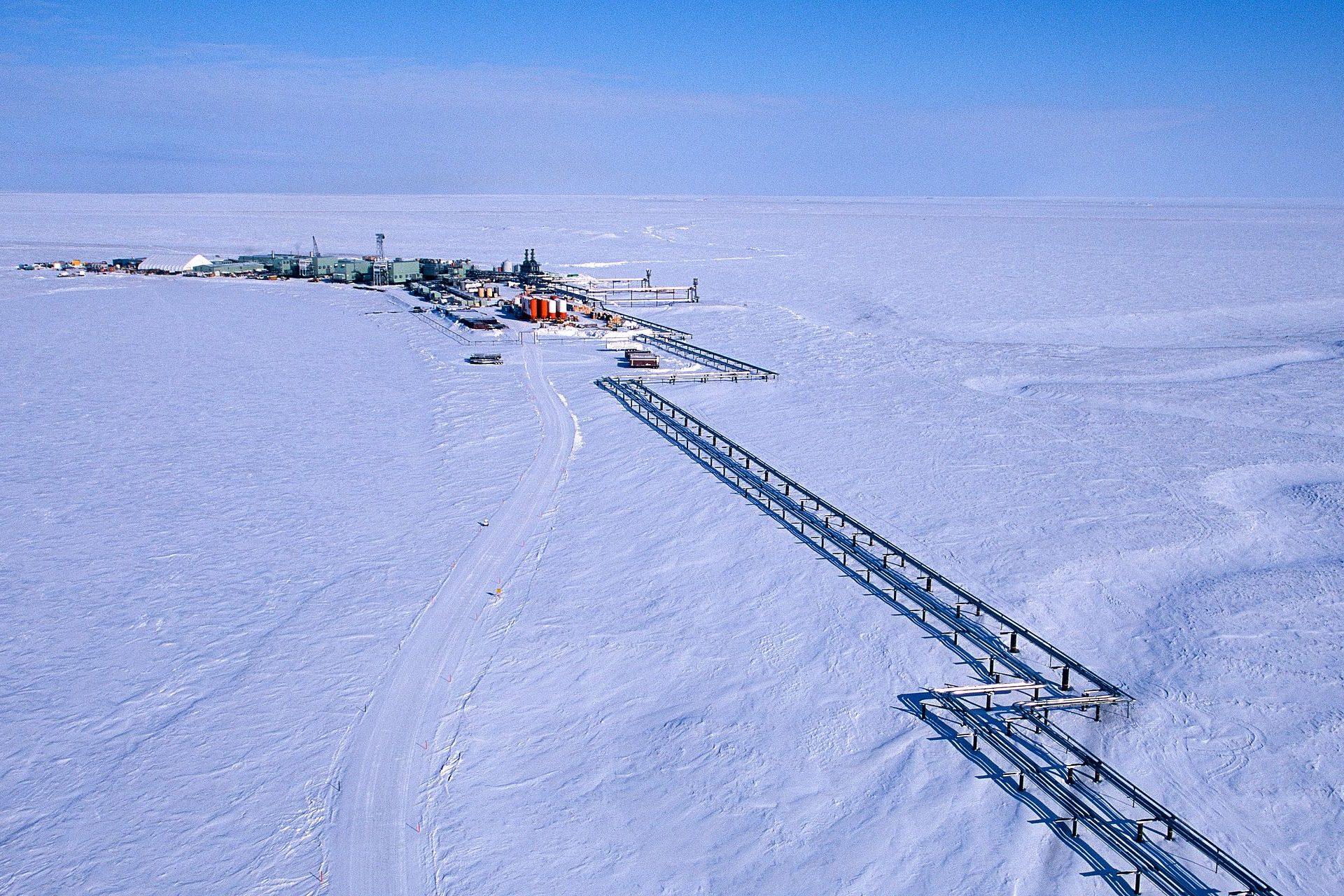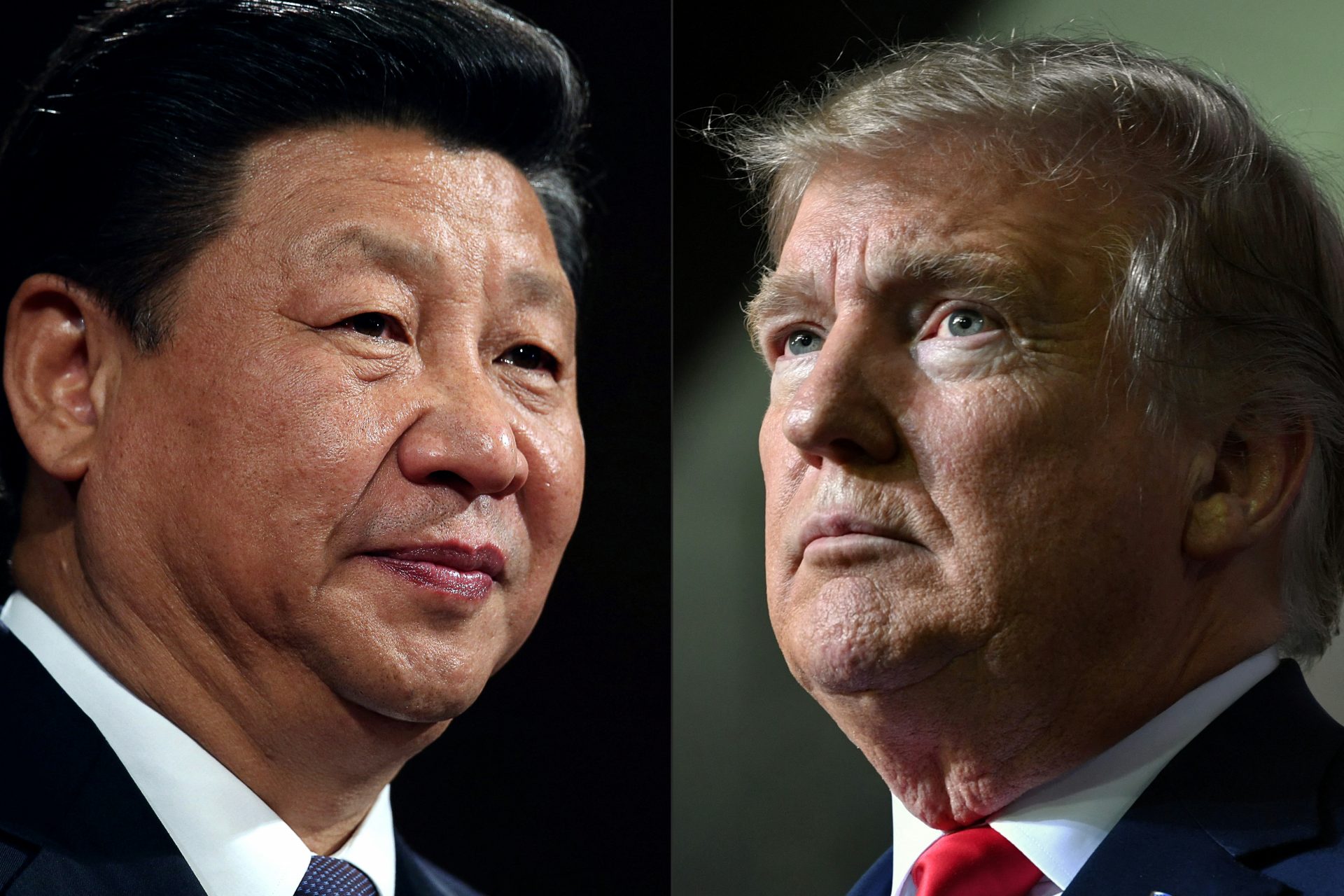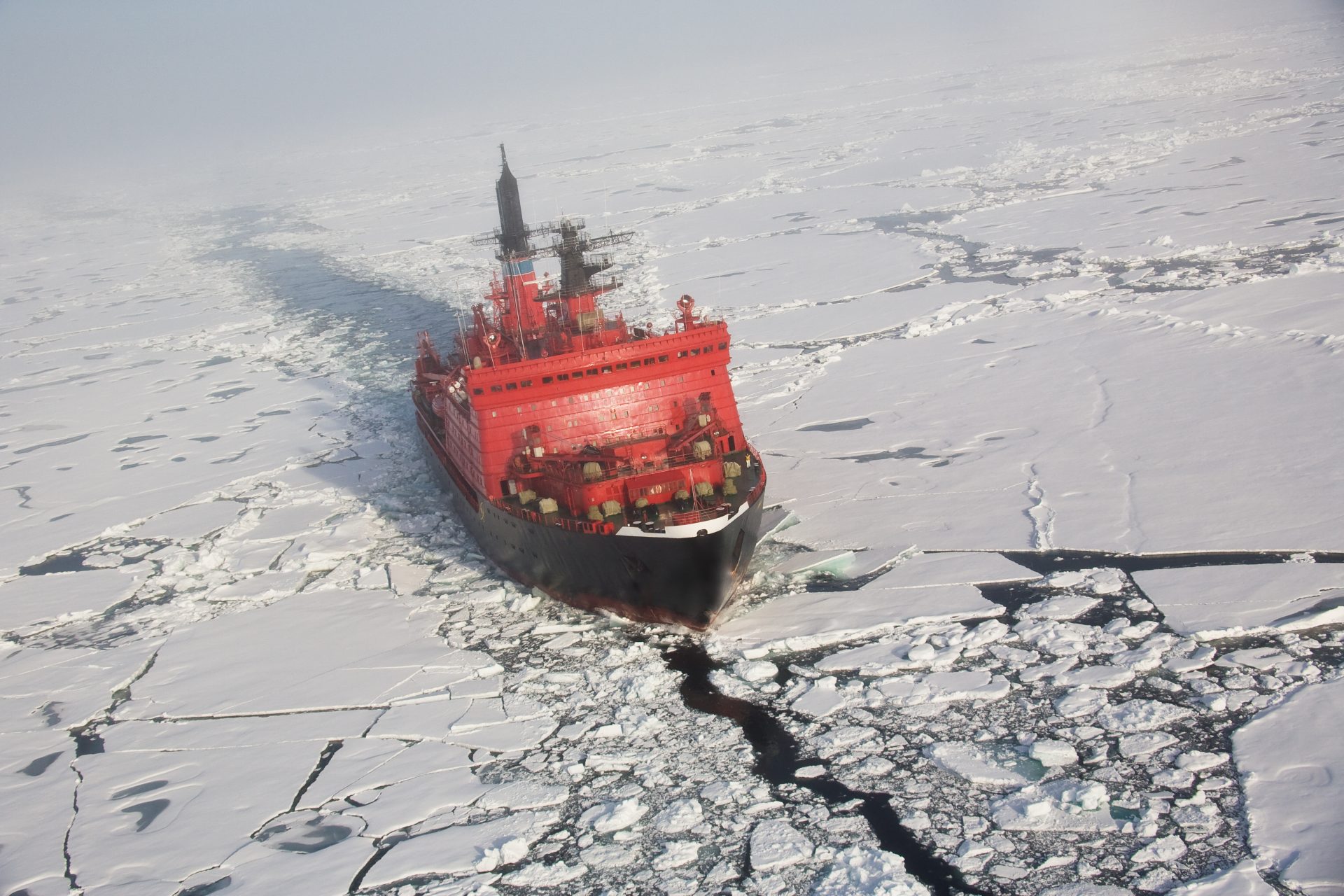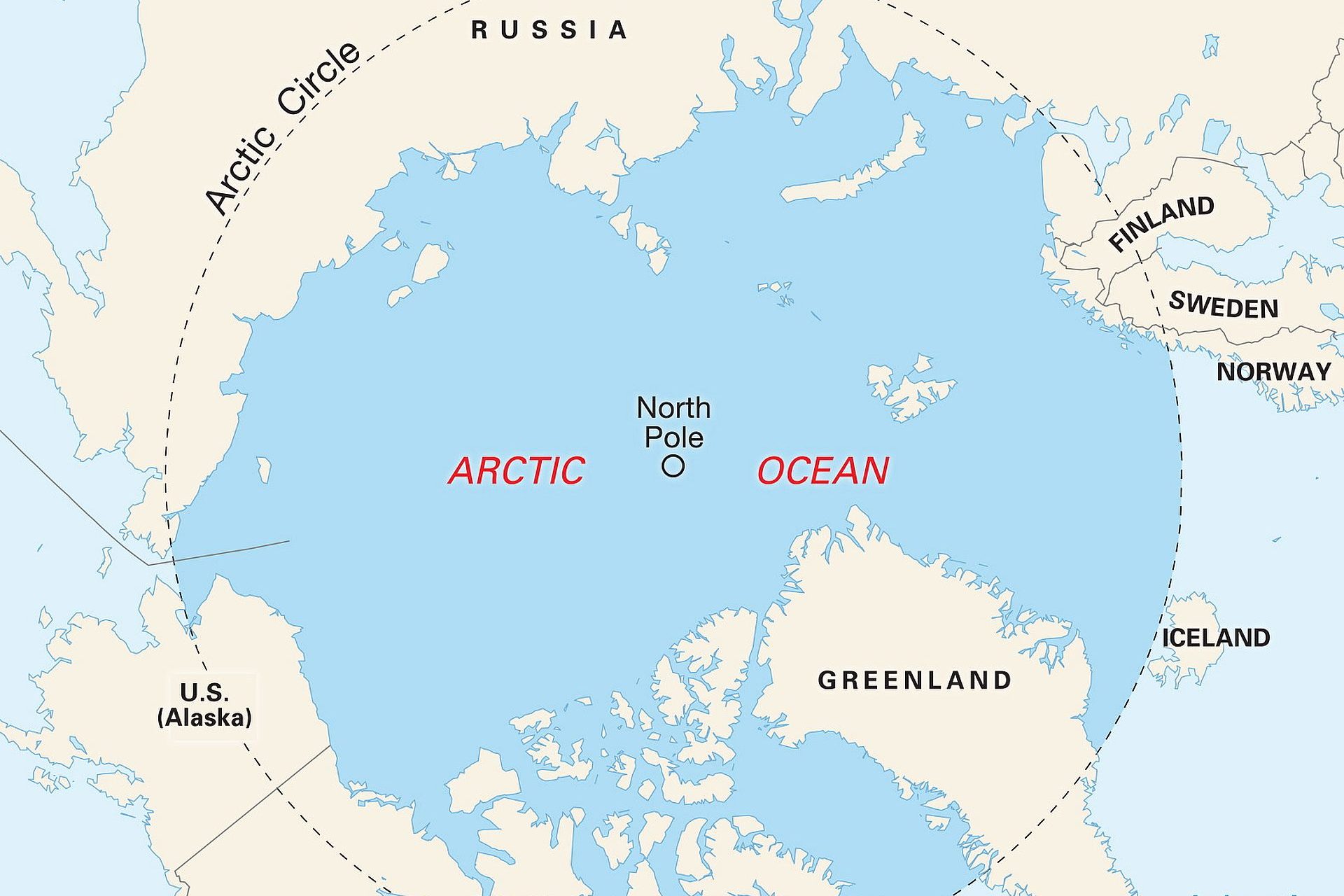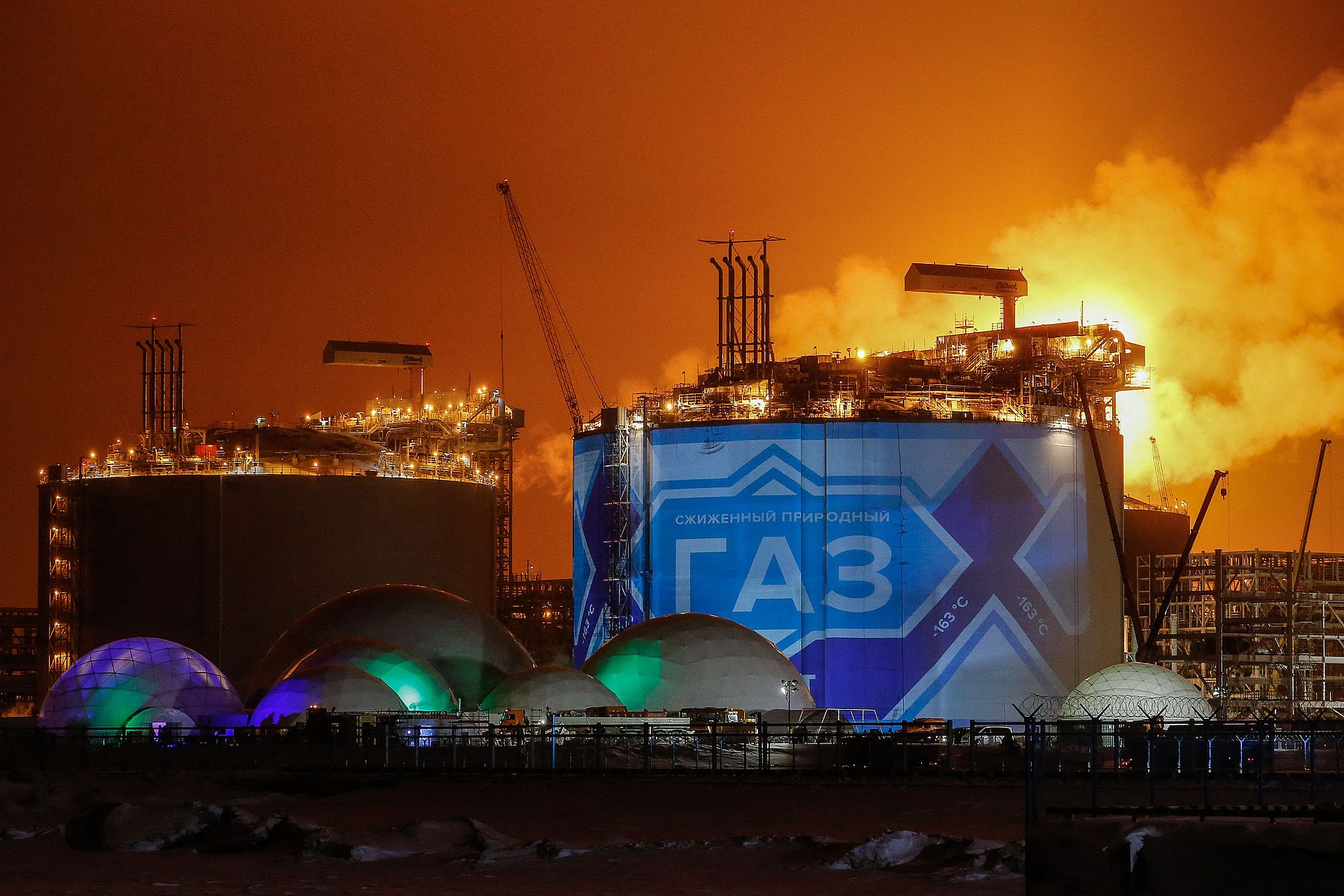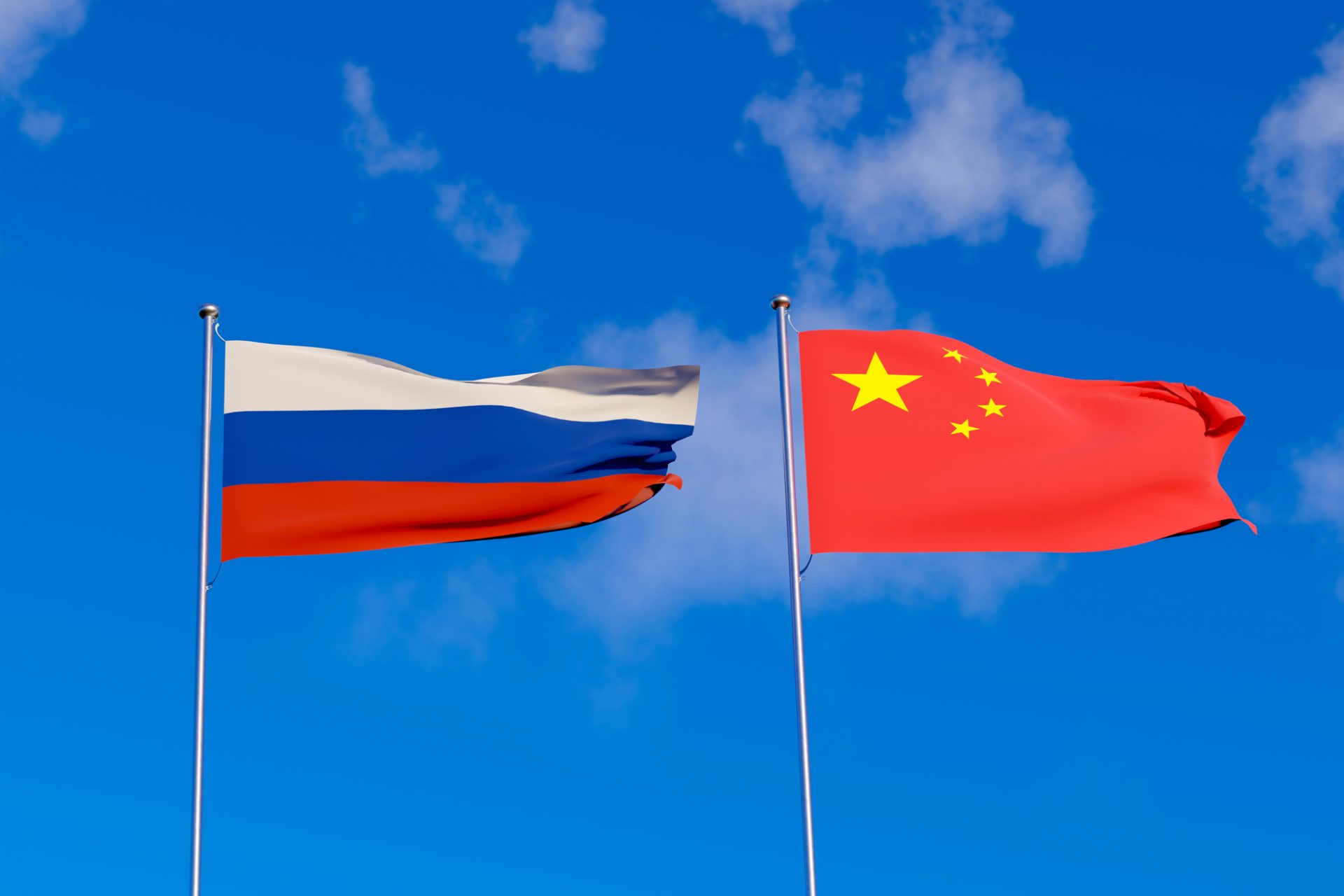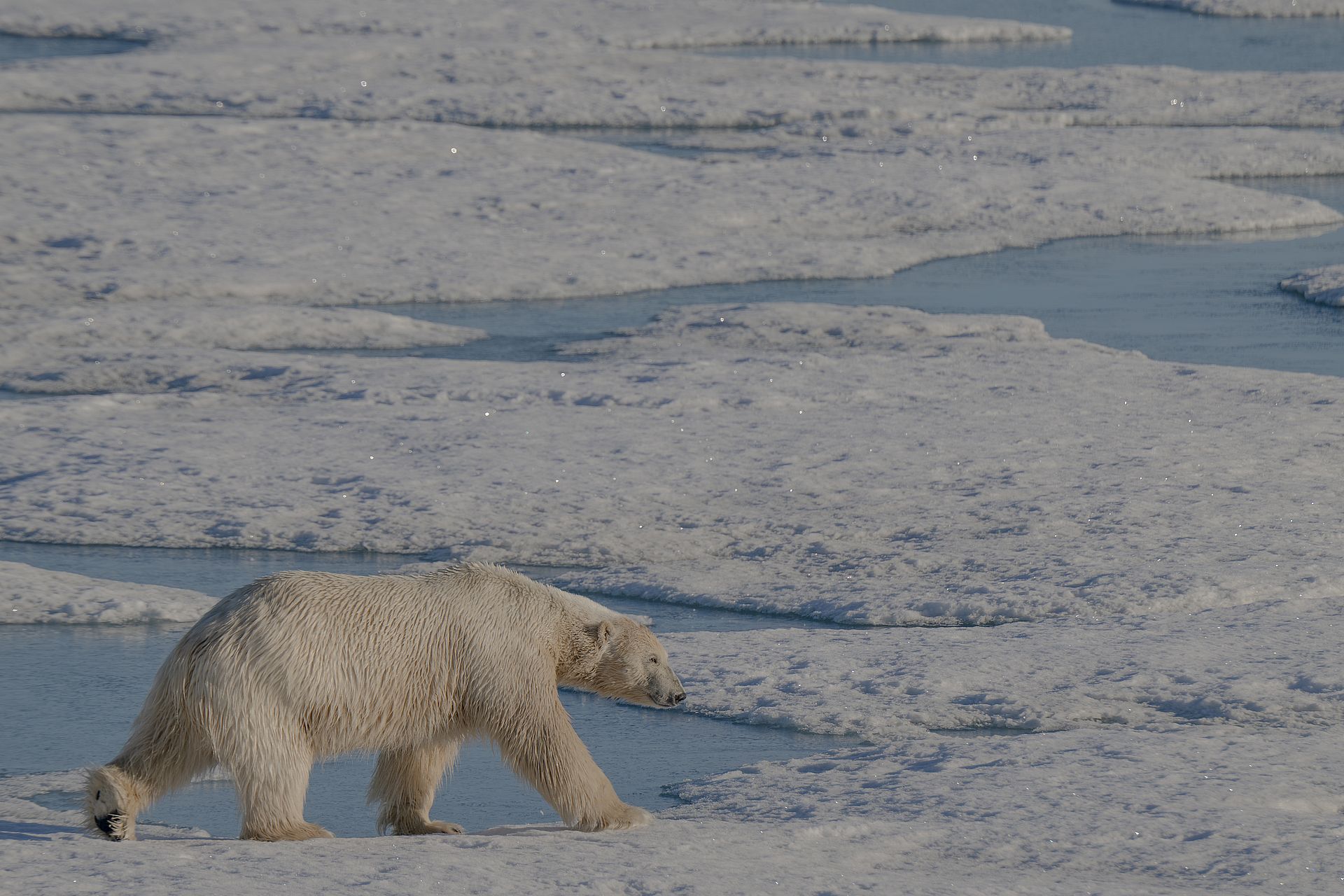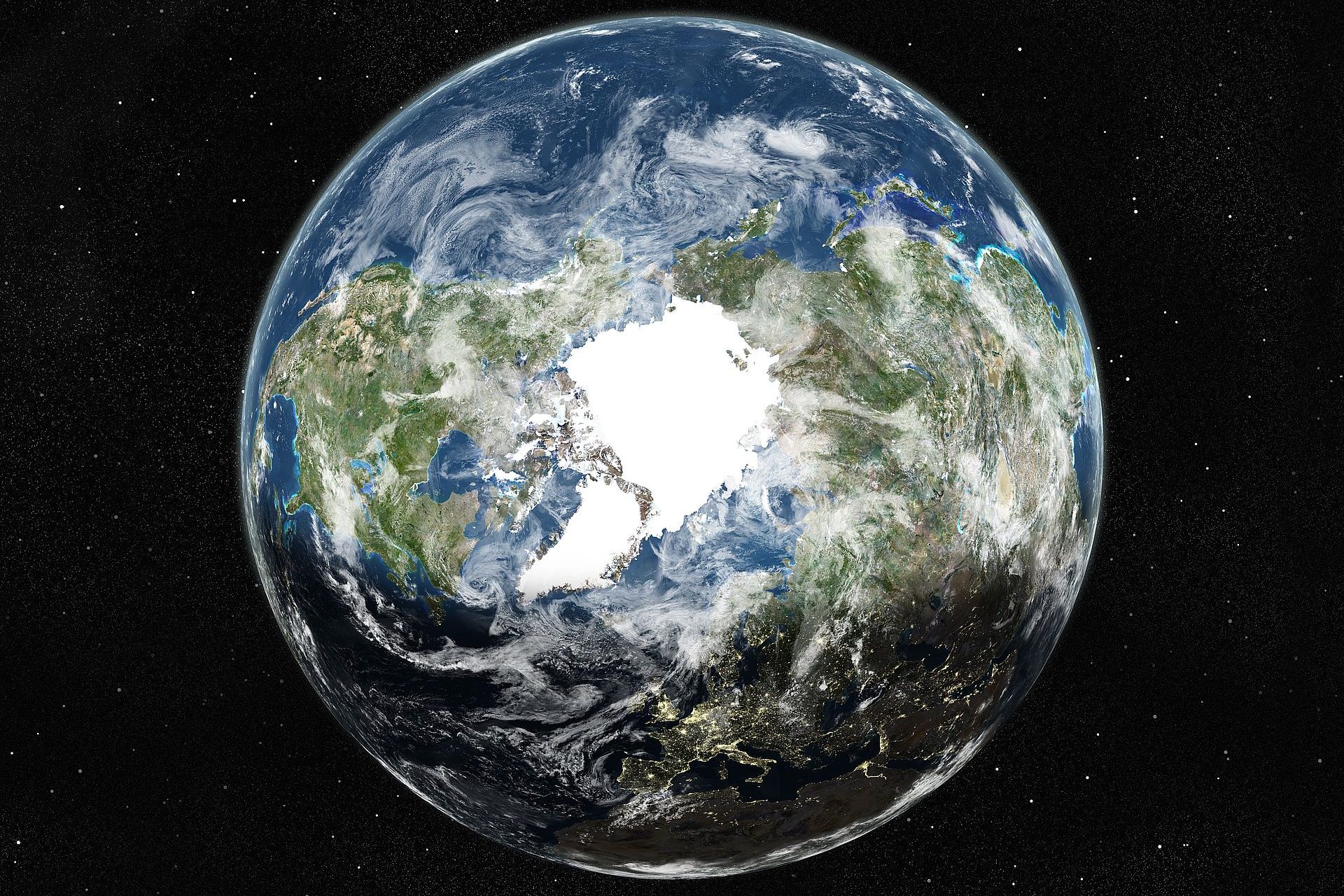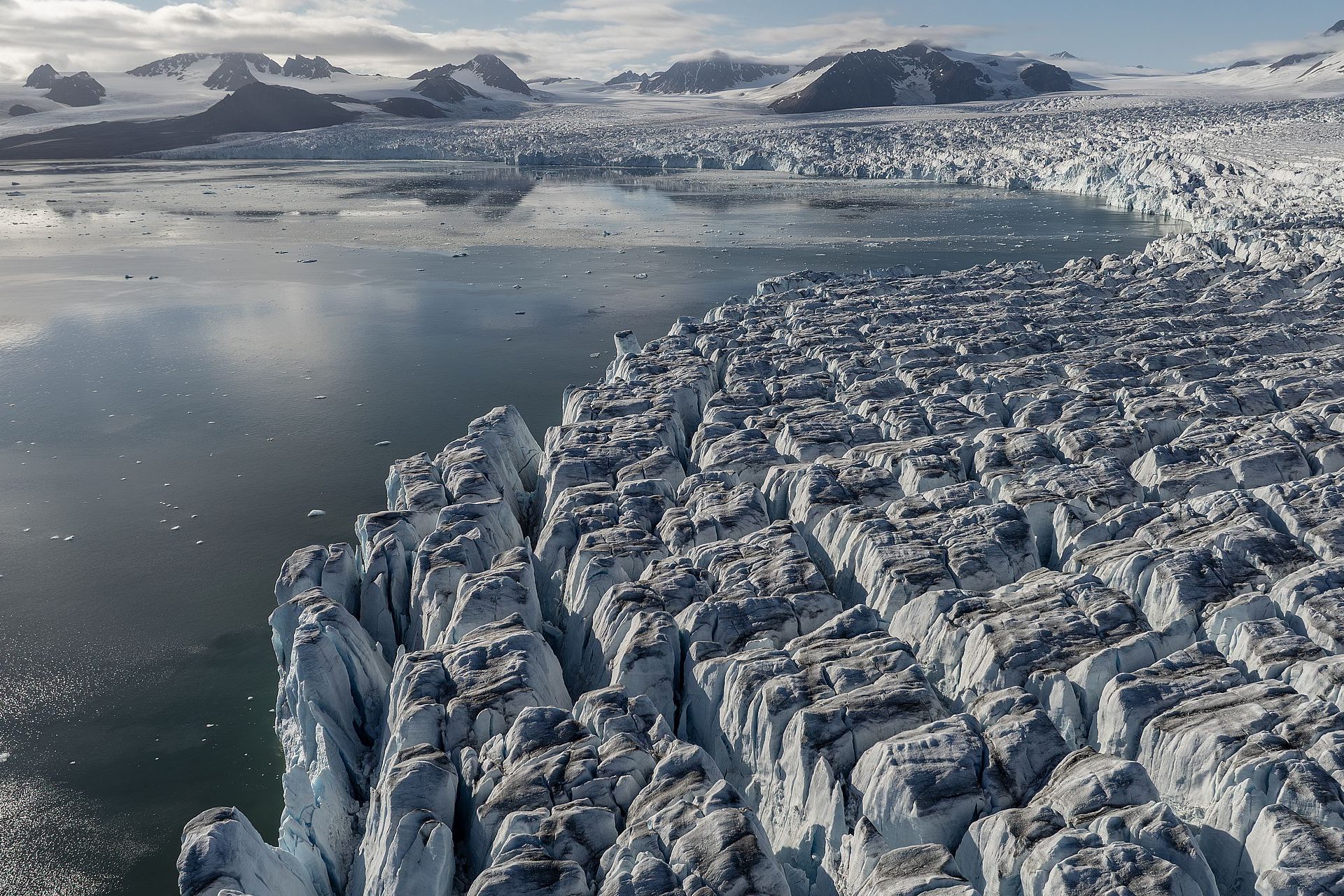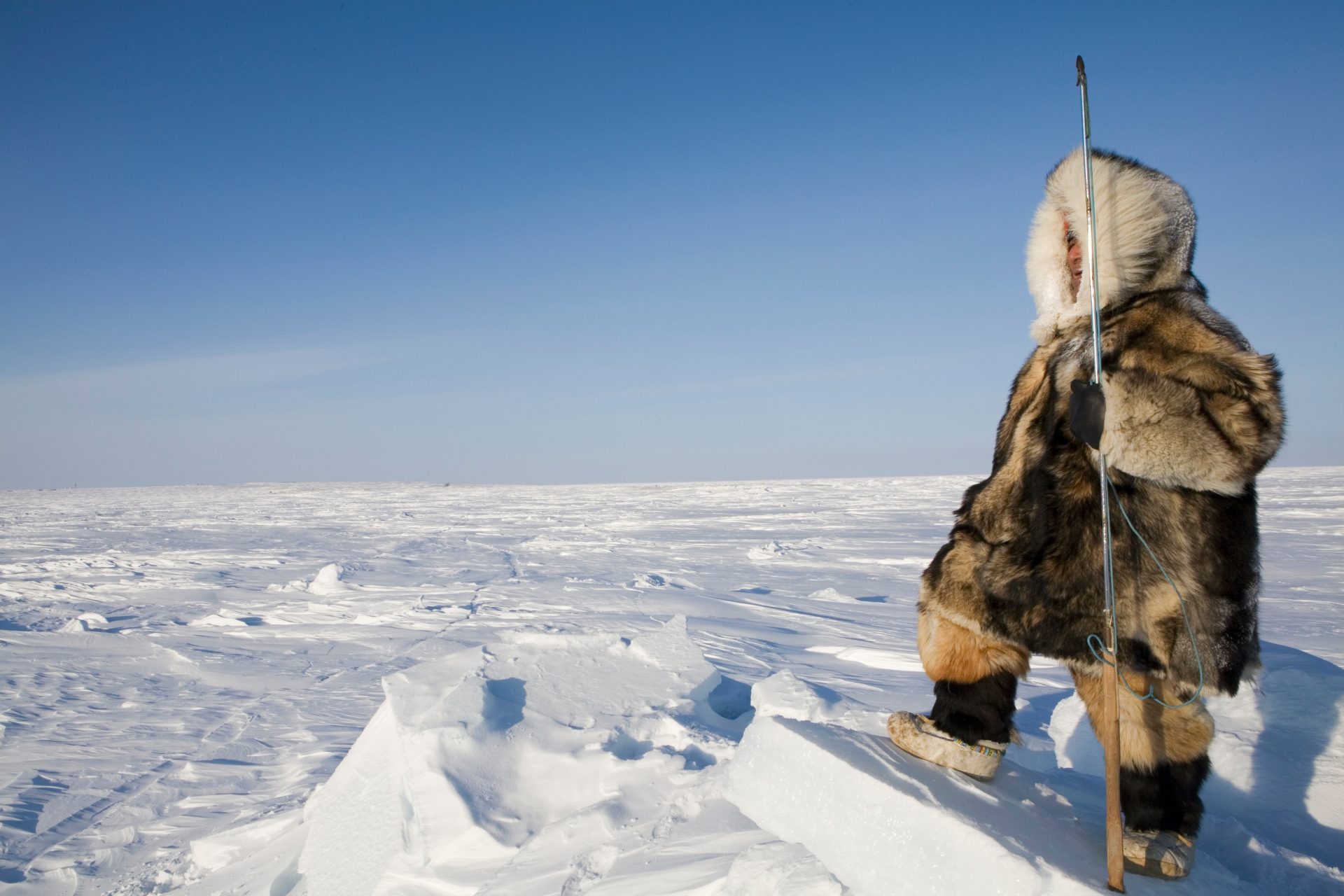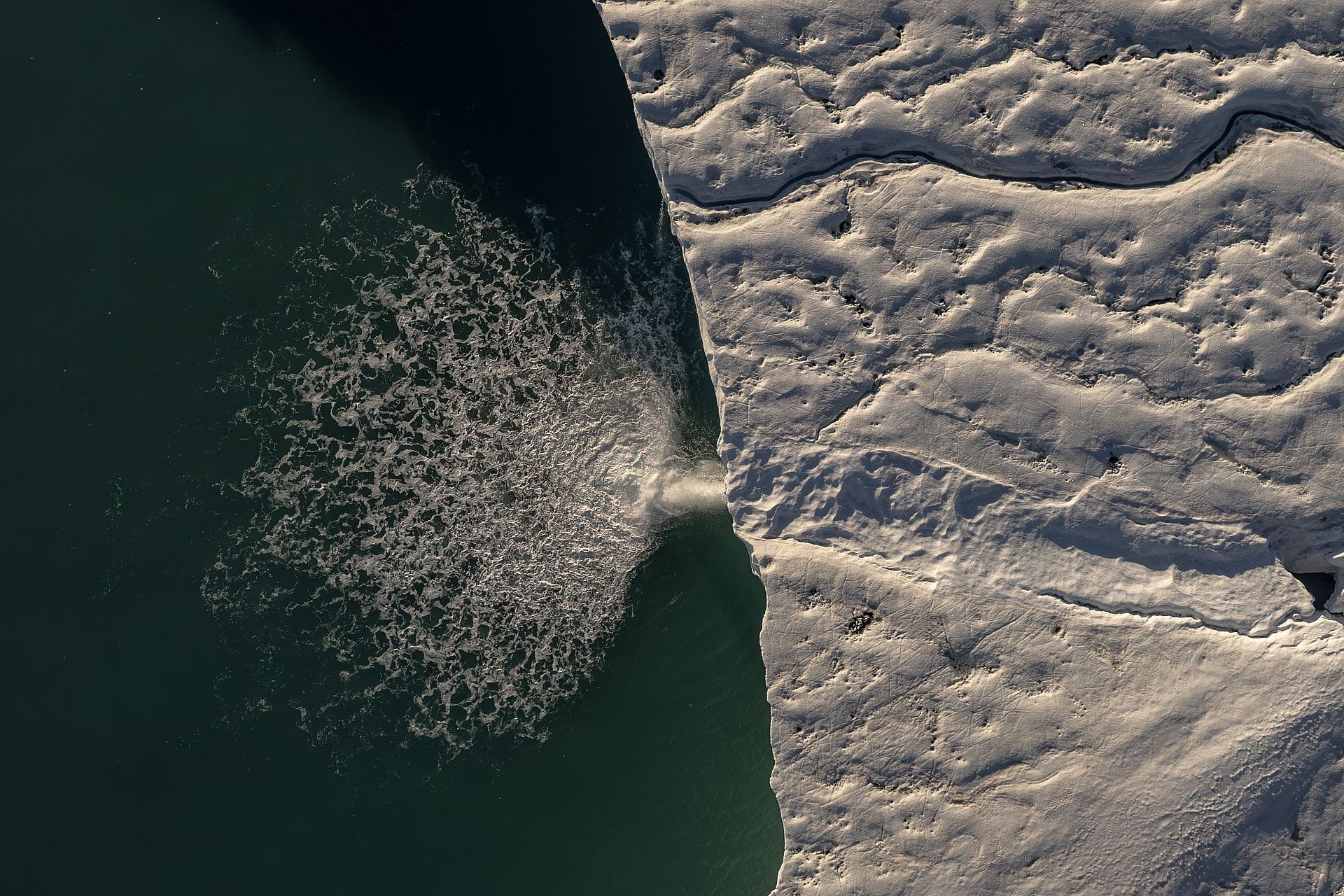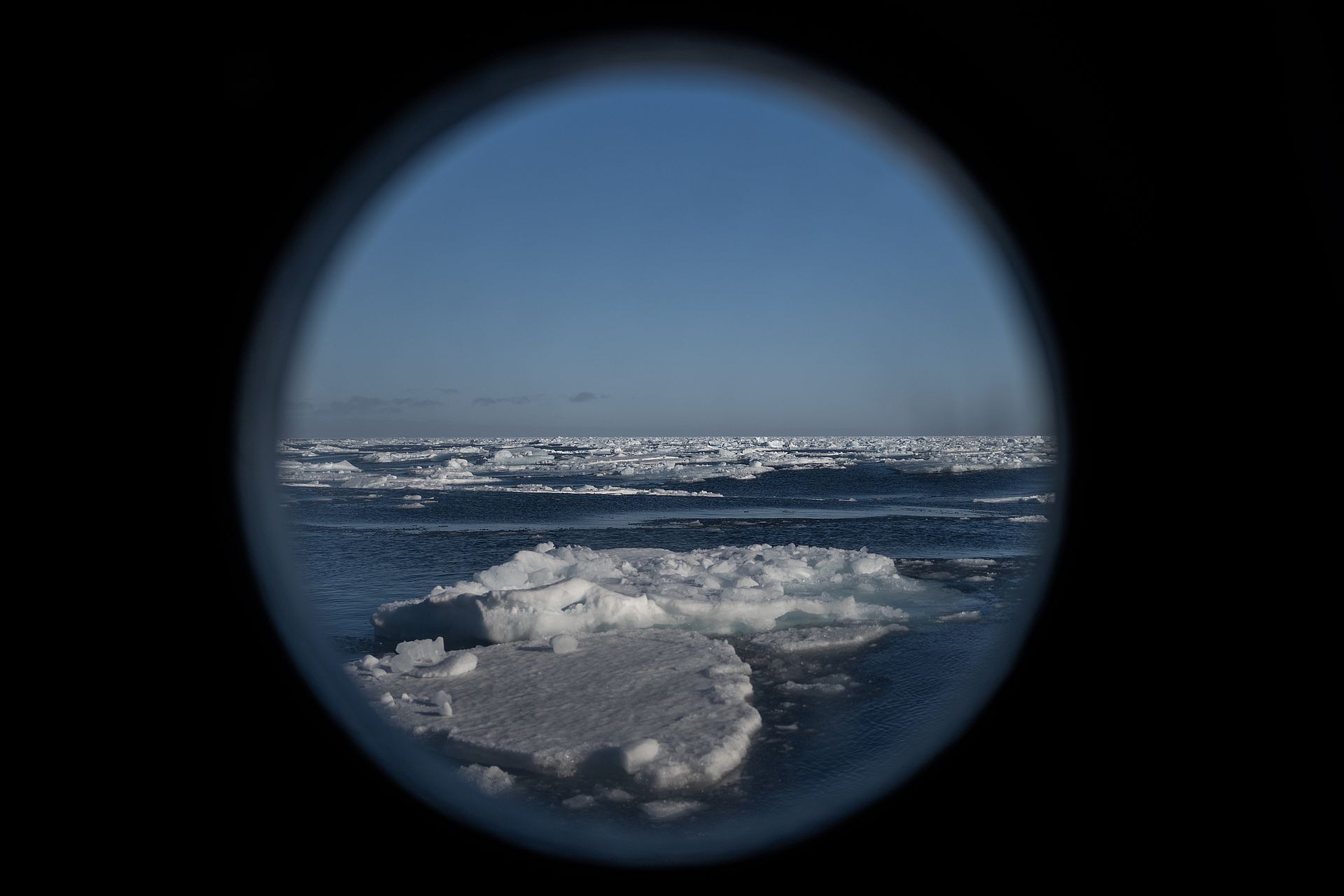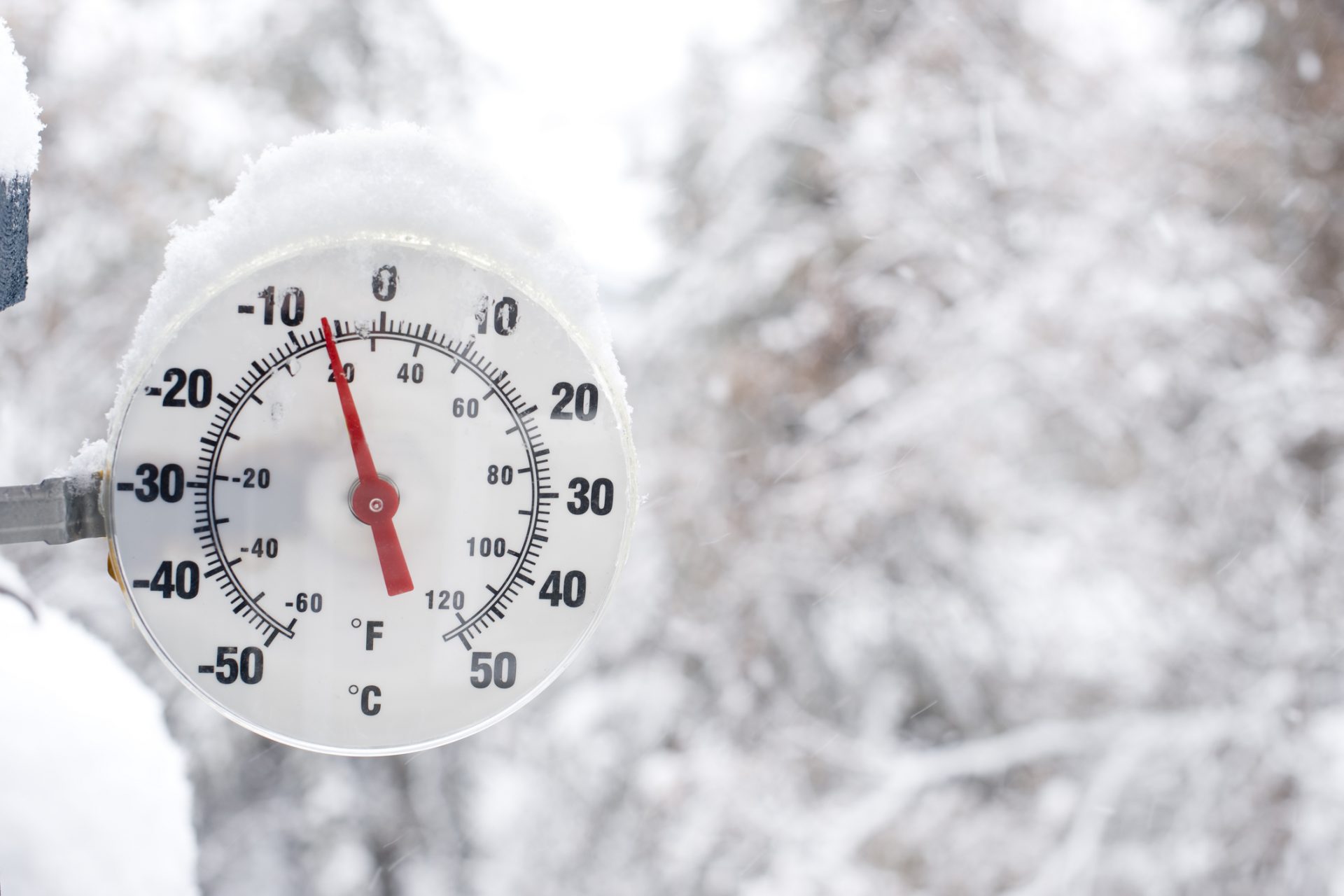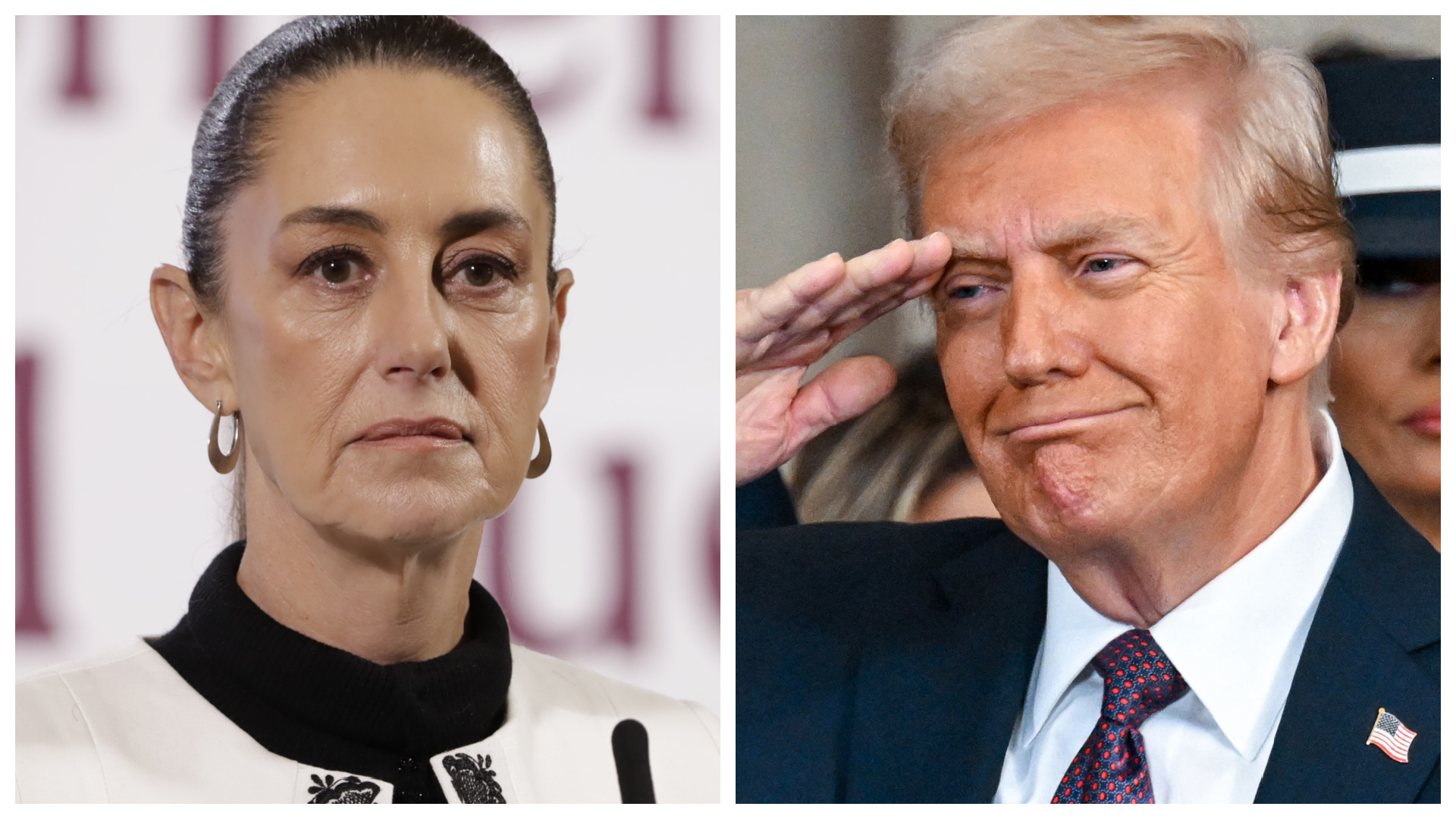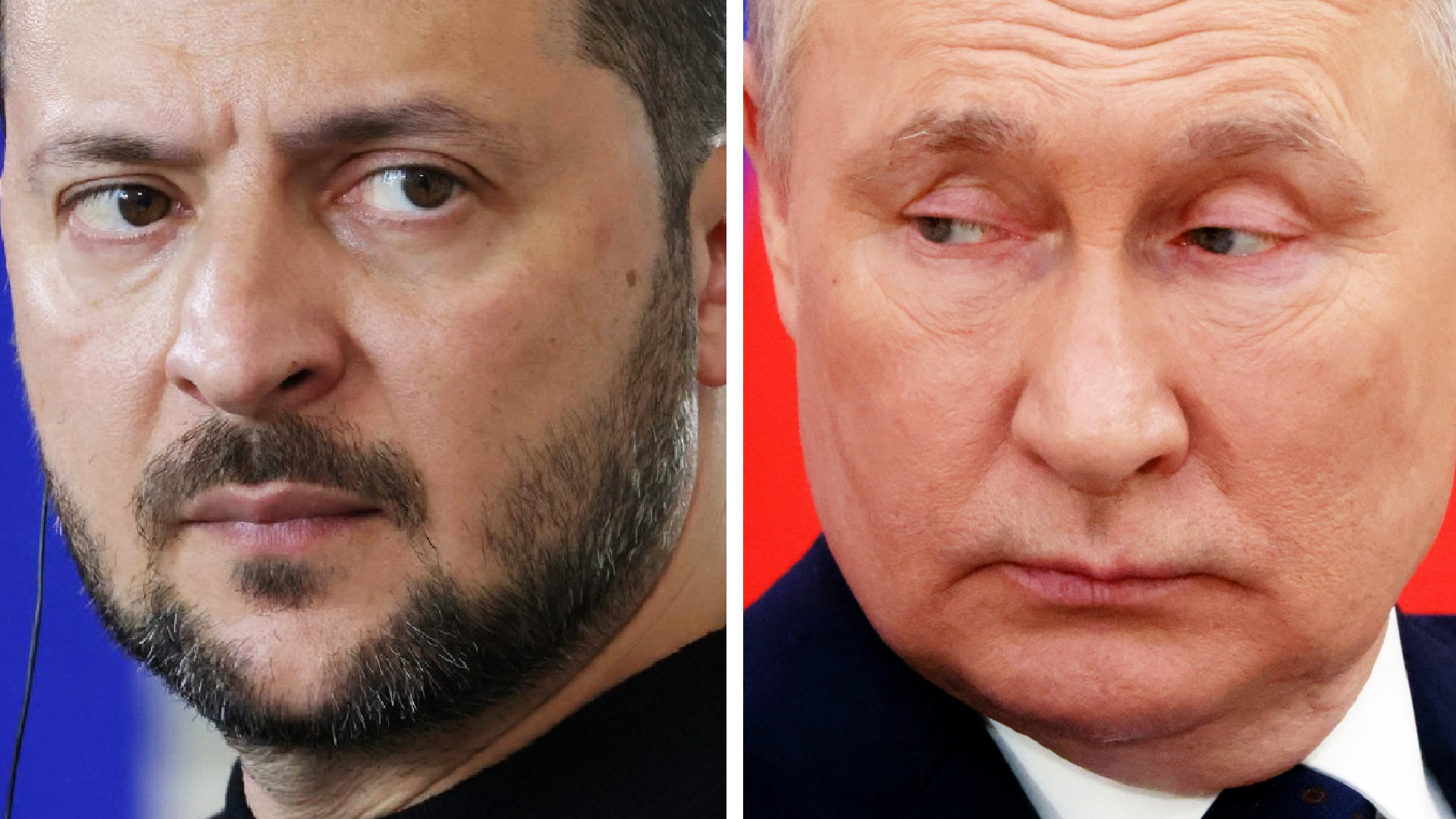The race for the Arctic powers through despite the ecological threat
US President Donald Trump has been candid about his interest in Greenland and has pushed for the full exploitation of Alaskan resources. Still, he is not the only one interested in the Arctic shores.
Three international powers have run a race to control the Arctic for years. The world's most northern region is becoming more and more attractive.
According to a 2018 CNBC article, researchers thought that as much as $35 trillion worth of untapped oil and natural gas could lurk under Artic ice.
However, the most intese battle, the Wall Street Journal says, has been for the control of something else: maritime routs.
According to the newspaper, the US military has warned about a Russia-China alliance for Arctic control that deepened after the invasion of Ukraine and the subsequent isolation of Russia from Western economies.
Climate change has provided an opportunity for these powers: as the Arctic ice cap melts, it reveals resources and pathways to access an attractive commercial route.
Legally, the states that control these territories are Norway, Russia, and the United States through Alaska. However, Russia has expanded its control over maritime areas.
According to the Wall Street Journal, China has shown interest in the region but is not deploying military forces. To secure its access, it has increased its cooperation with Russia.
Before, Russia preferred to lease Arctic port construction to Western companies. "Now they will need Chinese money to do these things that they want to do," Iselotte Odgaard, a professor at the Norwegian Institute for Defense Studies in Oslo, told the WSJ.
In 2020, Beijing signed a $370 billion contract with Russia to exploit Arctic gas. It financed the Yamal LNG project, a gigantic liquefied natural gas complex in the Russian Arctic.
The newspaper also reported that the joint military exercises in the Arctic have sparked tensions between the Russian-Chinese alliance and the US.
According to the newspaper, the Arctic may be practically ice-free in September by 20230. That month is usually the one with less ice yearound.
According to CNBC, in 2017, NOAA scientists warned of an uptick in ocean surface warming and a decline in sea ice, unprecedented in the past 1,500 years.
The new temperatures make the route more viable. It is attractive because it could cut the distance of trips between Europe and Asia by a third, the WSJ said.
The US is competing against two powers that are vastly more prepared to dominate the region. According to the WSJ, the US owns only one icebreaker ship that can move through the area, while Russia has over three dozen.
The Arctic Council, which includes Canada, Denmark, the United States, Finland, Iceland, Norway, Sweden, Russia, six organizations of indigenous peoples, and twelve observer countries, ensured cooperation in the region.
However, the other seven states have suspended their cooperation with Russia since the beginning of the war in Ukraine, rendering the council useless.
The competition for the area also complicates placing environmental controls over the extractive operations, which has detrimental consequences, especially for the Indigenous communities.
Anticipating the collapse of these ecosystems, glaciologists go on site to drill the soils and preserve what they call the "extraordinary climate archives," according to Swiss newspaper Le Temps.
"We want to retrieve and preserve, for future generations of scientists, these extraordinary climate archives of our planet before all the information they contain is completely lost," Carlo Barbante, director of the Italian Institute of Polar Sciences, told the outlet.
Is it a race against time to preserve the environment or a race among powers for the resources of the Arctic? The climate emergency does not seem to discourage ambitions to exploit the north of the planet.
More for you
Top Stories



